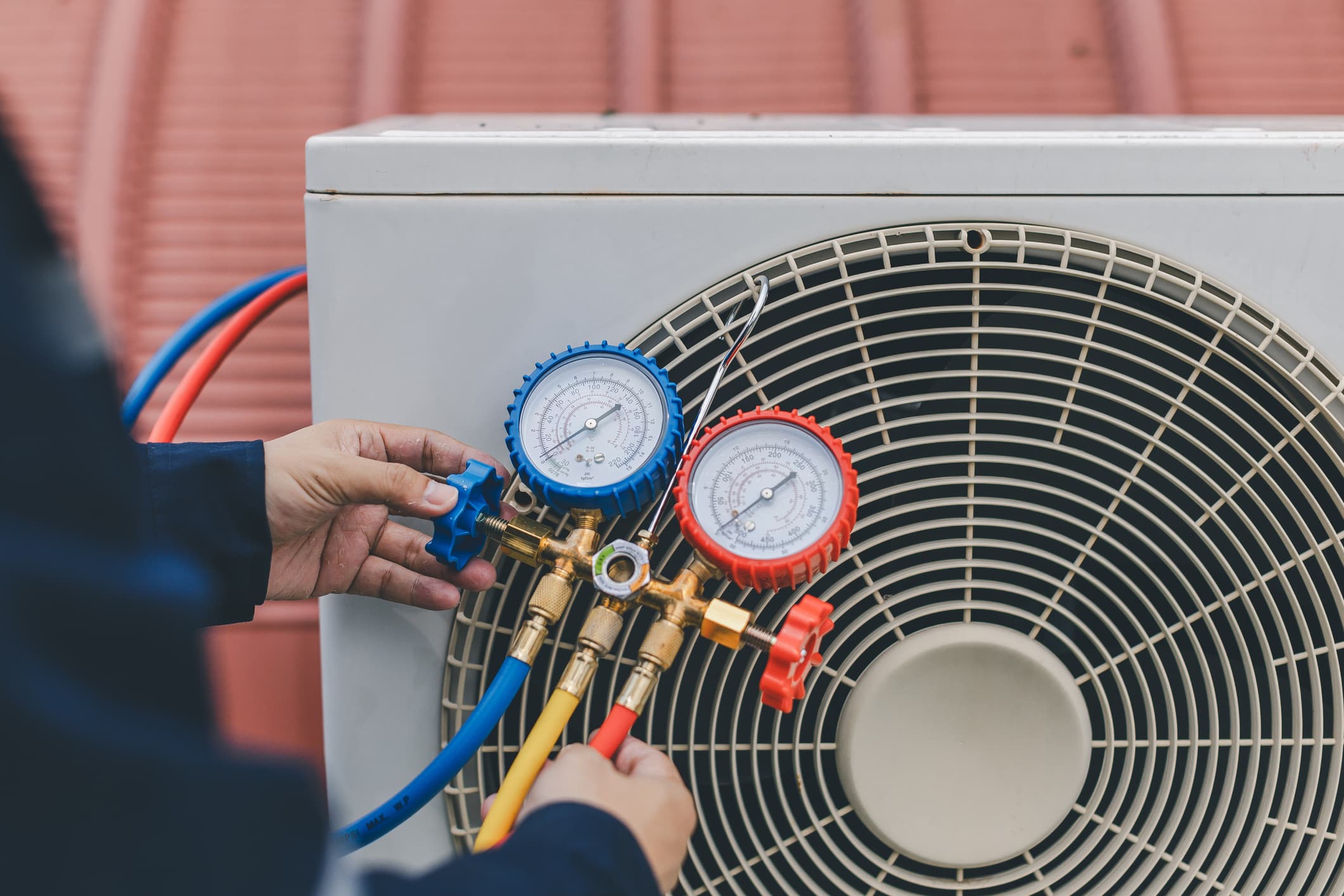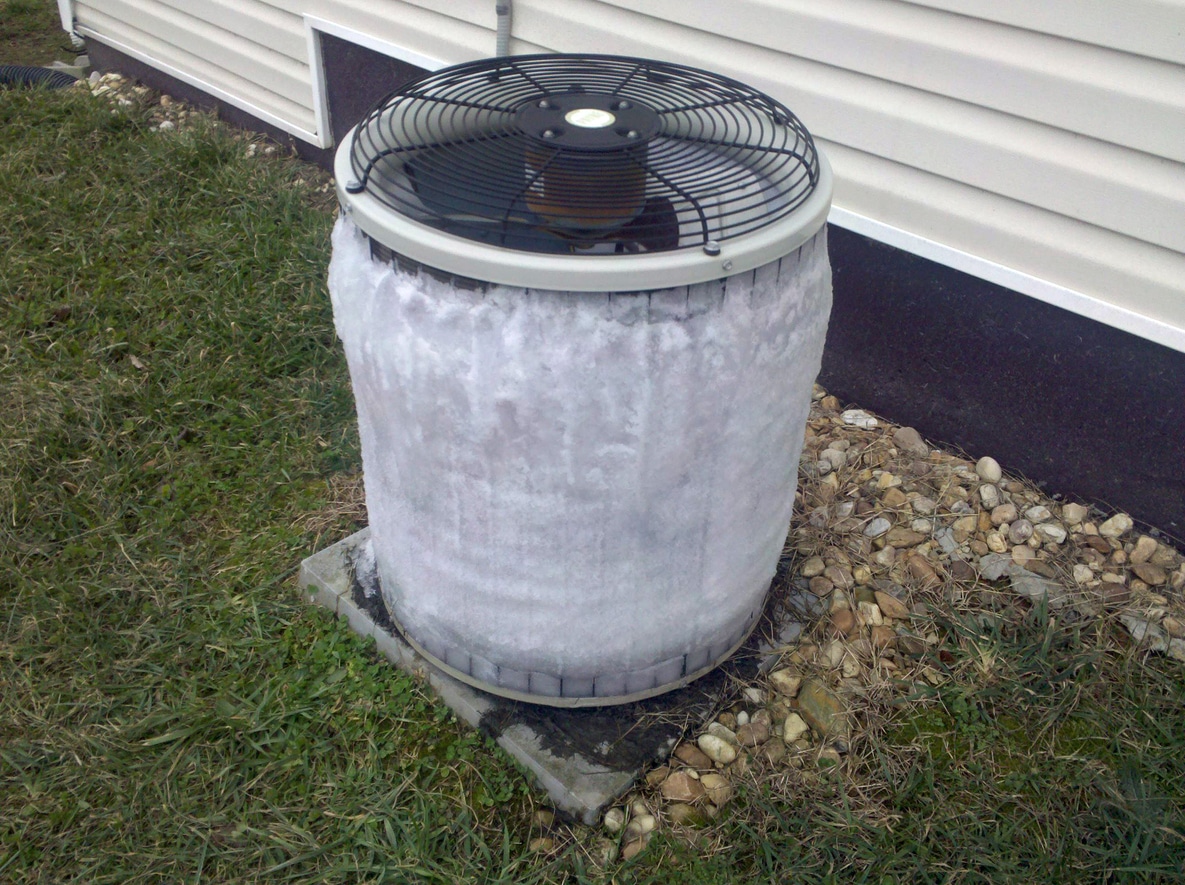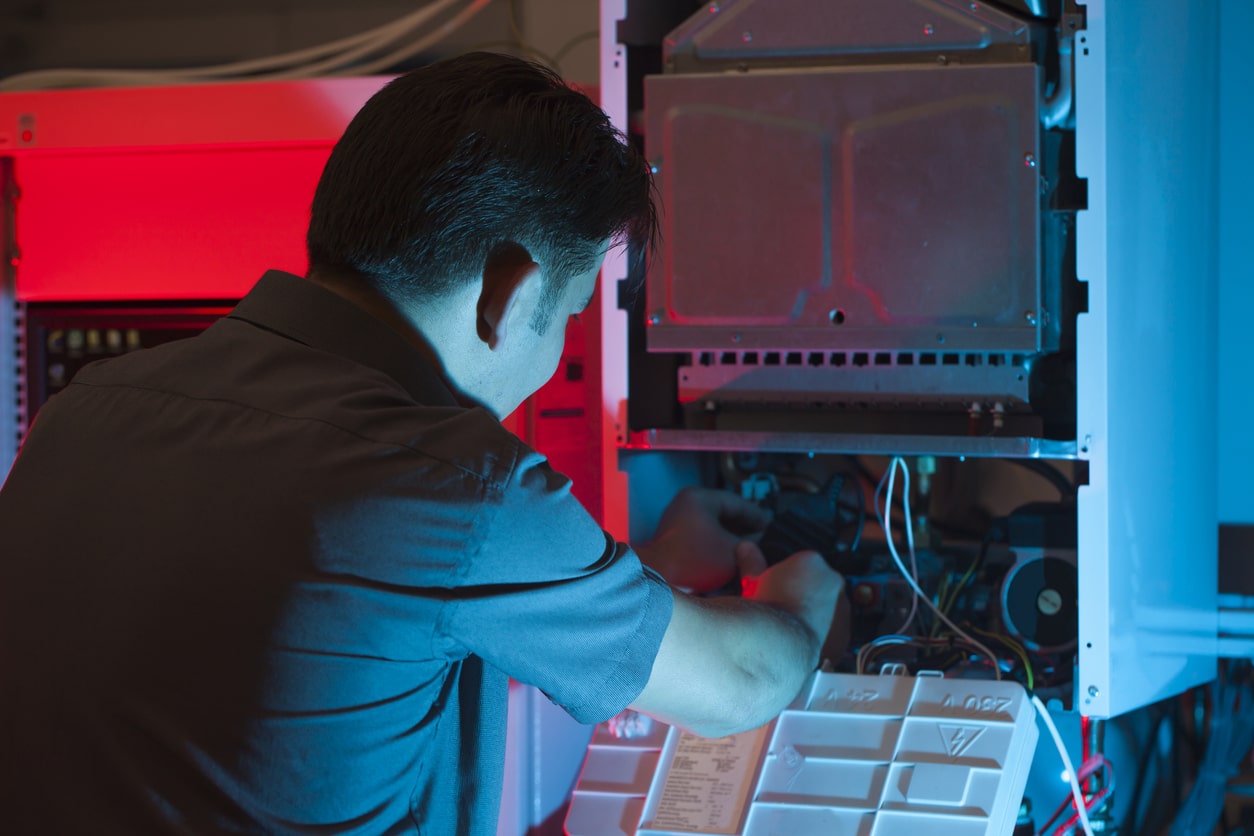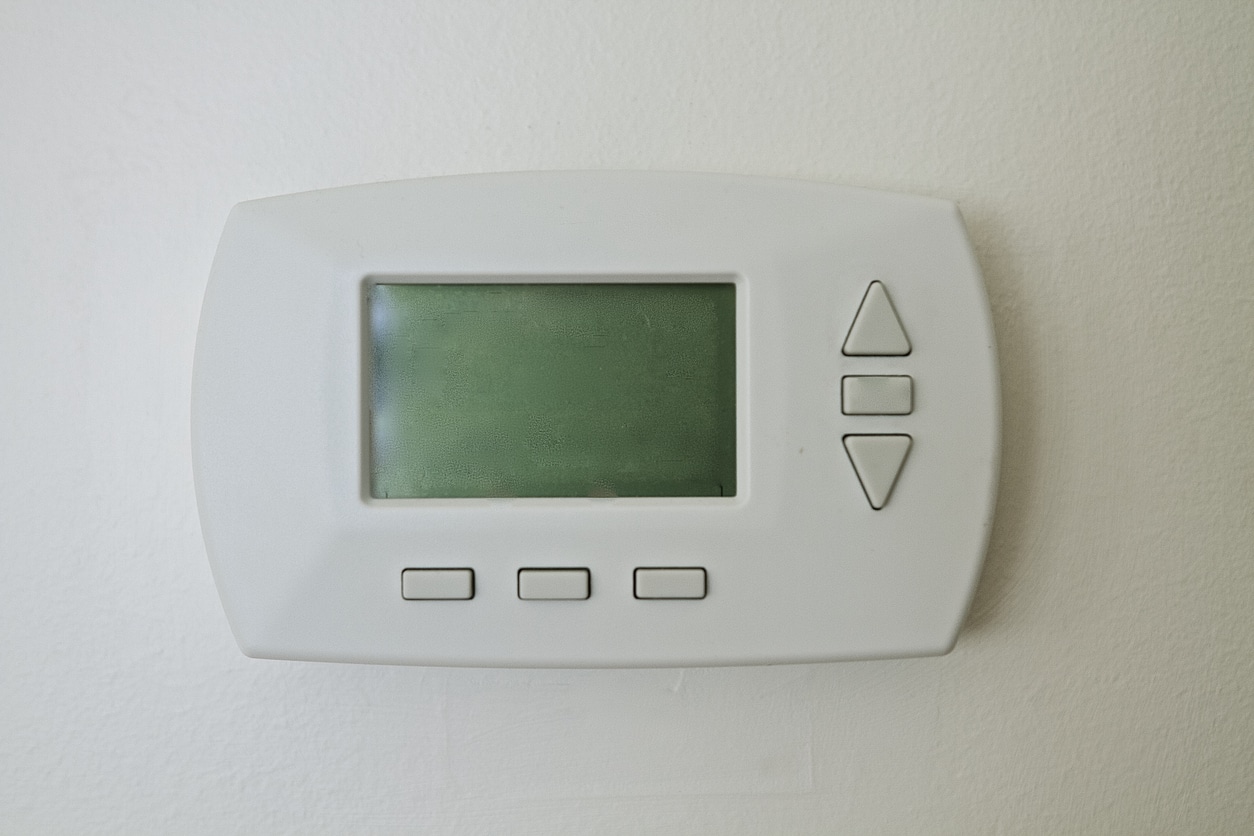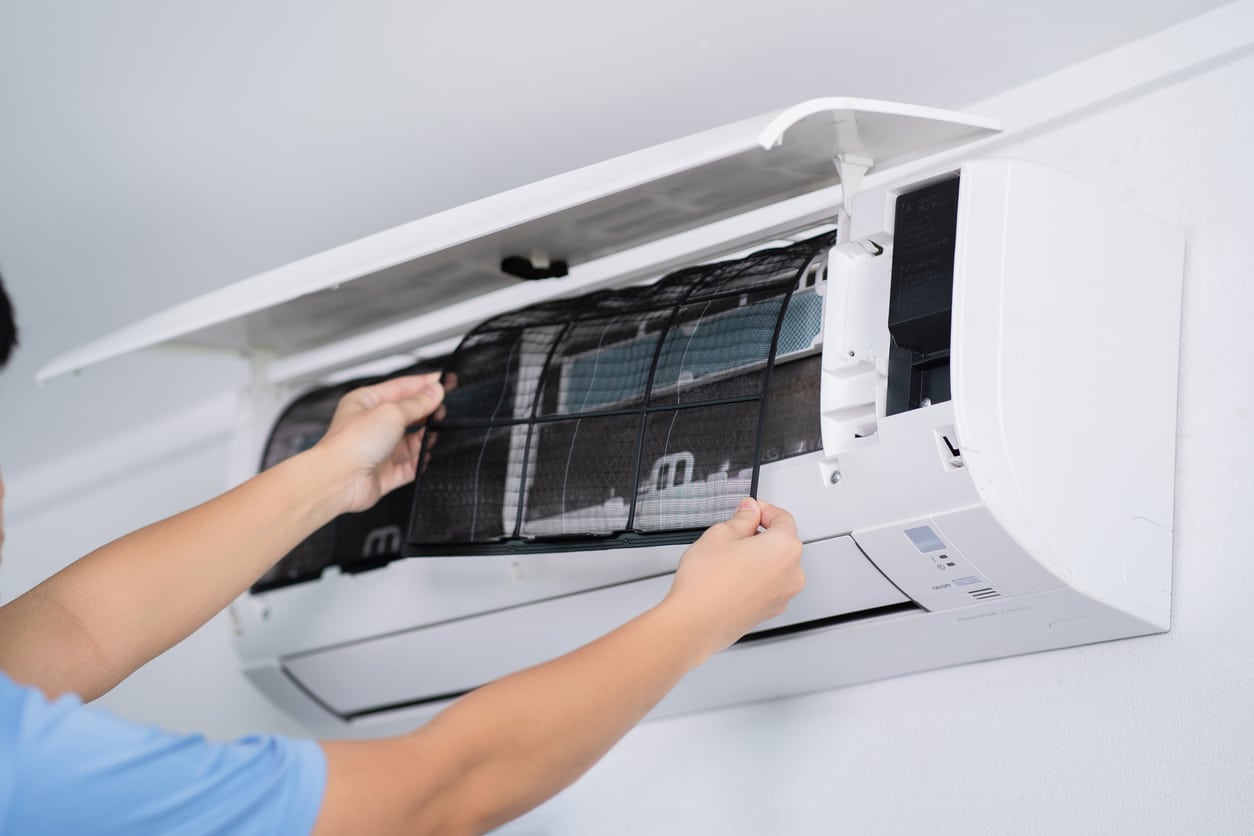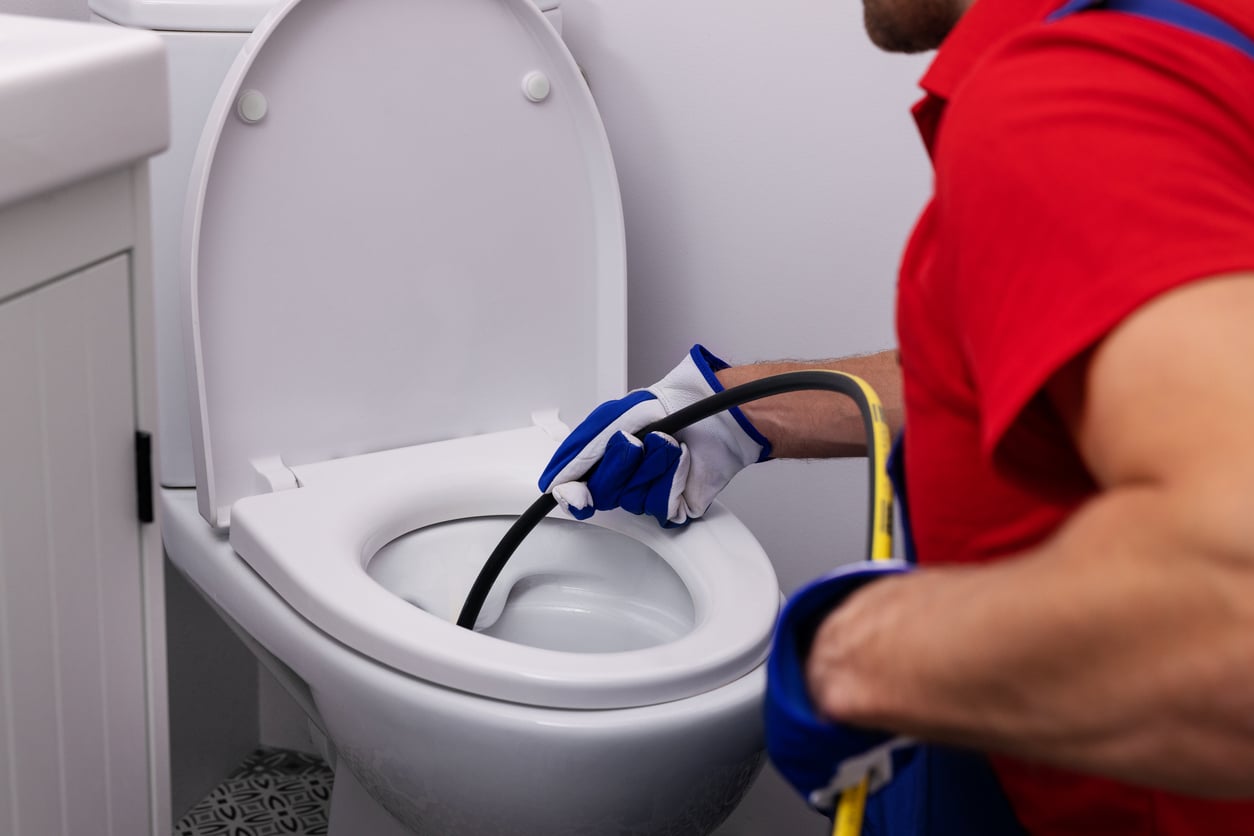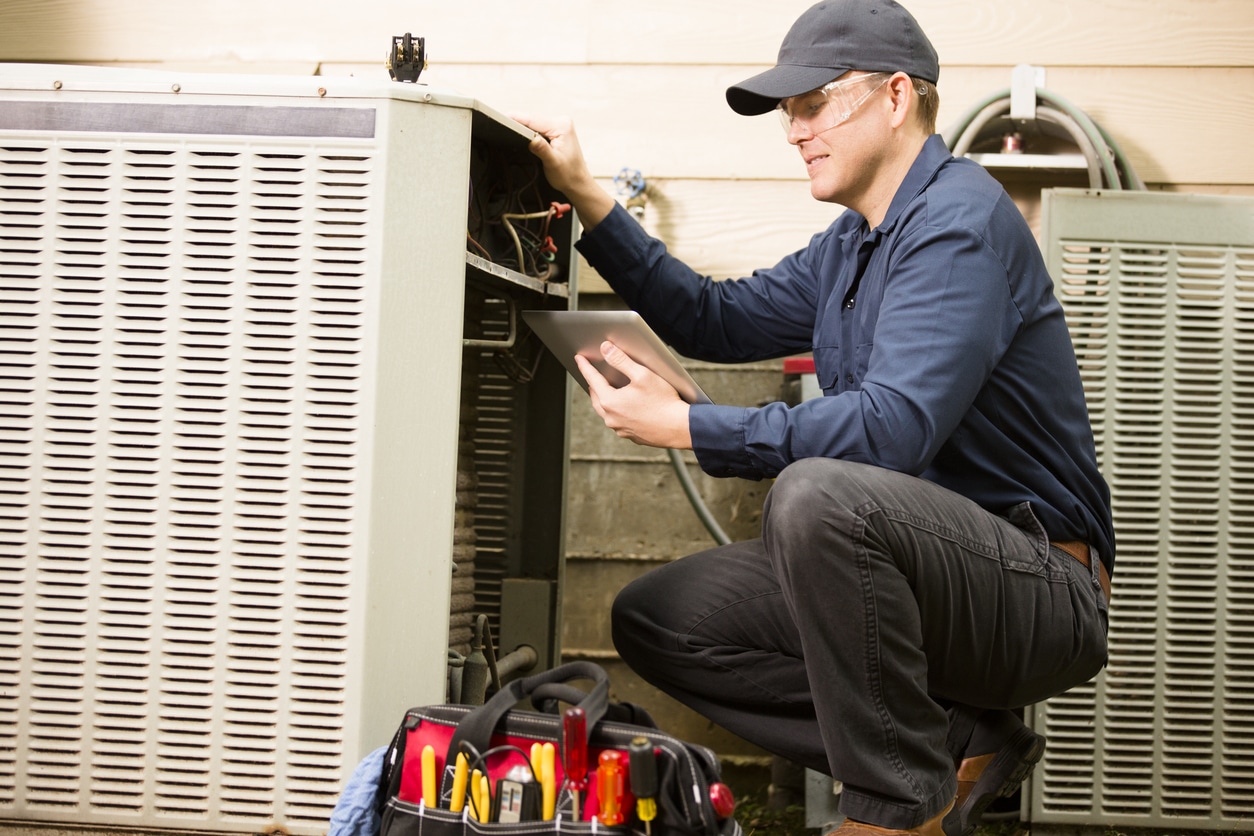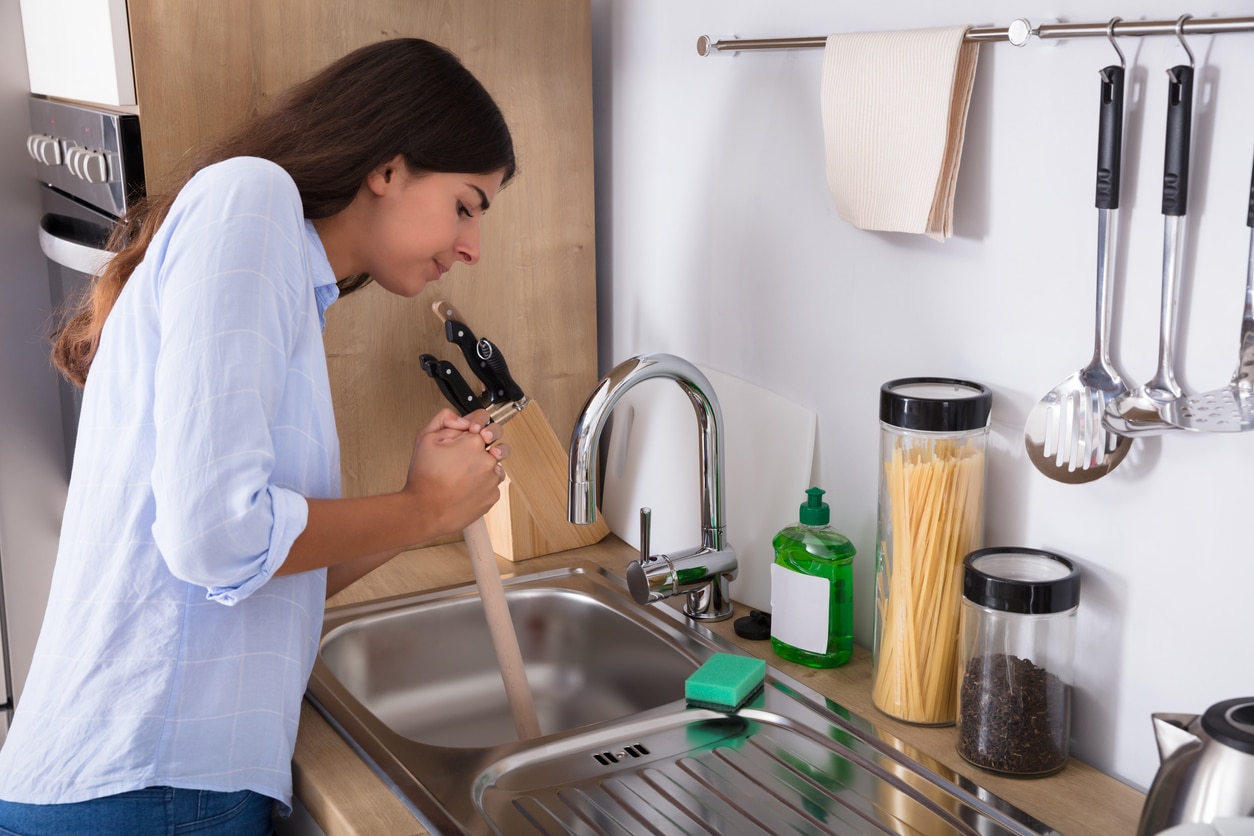Your sump pump might not be a glamorous piece of equipment, but it’s one that protects your home. Just like any appliance, the sump pump is prone to breaking down. Whether you have a mini sump pump or a traditional one, the equipment could fail at any time. Learn about the common reasons for sump pump failure and be ready to call a plumber when you notice it about to break down.
1. You Have a Clog
This is an issue that occurs when you don’t have a lid on your sump pump. Over time, dirt and other particles accumulate in your sump pump. They collect together and form clogs, which makes the pump work harder to push past the clog. If a blockage is large enough, it could keep your sump pump from working at all.
Even if the pit doesn’t have a clog, the mechanical parts of your pump could develop a blockage. Particles inhibit moving parts from working, leaving you with a non-functional pump. If a float switch has dirt in it, the pump may not turn on or off. Either scenario is a bad one and demands the expertise of a plumber.
To prevent this from happening, keep a lid on your pit and have a plumbing repair service perform regular maintenance. They will check your pump for clogs and clean it out as necessary. If you already have a clog, there’s a chance you need to replace the pump.
2. Your Pump Smells Foul
Let’s face it. No basement smells like roses. However, your basement will smell downright foul if you have an issue with your drain trap. The drain trap holds water and stops sewage from backing up into your basement. When the water in the trap disappears, there’s nothing left to stop the sewer smell.
If you have no water in your drain trap, it probably evaporated. This often happens when the weather is hot and dry. The only way to stop the smell is to ensure there’s always water in the trap and that the water covers the pipes and drain lines.
Another way to limit a foul odor is to disinfect the drain with a bleach solution. Mix together one cup of bleach with one gallon of water. Then, pour the solution into the drain to a level that engages the float switch. While you’re working on your sump pump, scrub the sides of the trap basin. If there’s any smelly grime, scrubbing will remove it.
3. Faulty Installation
It’s more challenging than you might imagine to properly install a sump pump. Even if you called a professional for the installation, there’s no guarantee they did it correctly. Some professionals are less qualified than others.
If your sump pump required a check valve on the discharge line and it wasn’t installed, there could be a backflow of water in the pump. As a result, the impeller will spin backward and the motor shaft can unscrew. Although the motor might run, the water won’t pump.
Another installation issue could be a lack of a relief hole. For some sump pumps, the manufacturers require a hole for air to escape through in the discharge line. Forgetting to drill the holes or making the discharge pipe too small can result in too much air pressure in the discharge pipe.
Even the way the pit is set up could cause a problem. It needs to be in a substrate other than gravel or dirt. If there’s dirt or gravel near the pump, it will enter the pump and cause a clog. The best way to prevent a faulty installation is to work with a company you trust.
4. The Power Goes Out Frequently
If you live in an area with frequent storms and power outages, your sump pump might not do you much good. A sump pump without a back-up power source won’t work when the power fails. So, a storm that causes your basement to flood and the power to go out leaves you vulnerable to water damage. Whether the power goes out or your breaker trips, you can expect to have a useless sump pump.
The best way to avoid this and to protect your home is to have a back-up battery generator for your sump pump. A gel pack system is able to power your pump for several days, even if the rest of your home has no electricity.
5. Your Pump Won’t Stop Running
A sump pump won’t last forever and isn’t designed to run incessantly. If your sump pump seems always to run, there’s a problem with it. The pump will burn out and leave you with no way to keep water out of your home.
Usually, a problem like this comes from a stuck float switch. It can happen on any model but is most often an issue on cheap models. The switch could be clogged in the on position or be tangled. In either scenario, the pump won’t turn off. Another potential cause of a running pump is a missing or broken check valve. Without this valve, there’s nothing to keep water from coming back into the pit. The result is a never-ending battle between water and your sump pump.
The key to preventing this is to keep debris out of your sump pump and to provide regular maintenance on your pump. Additionally, buying a quality sump pump may also keep this from occurring. They have durable switches that are less likely to jam.
The Key to Preventing Mini Sump Pump Issues
The only truly effective way to keep sump pump issues from affecting you is to call a plumbing repair service in Stewartstown for regular maintenance. They can check for problems with your sump pump and prevent serious complications. By being proactive, you can ensure your sump pump is always ready to remove water from your home.
Here at Reliability Home Services, we have highly trained technicians who are ready to install, maintain, or repair your mini sump pump. Don’t hesitate to give us a call.


